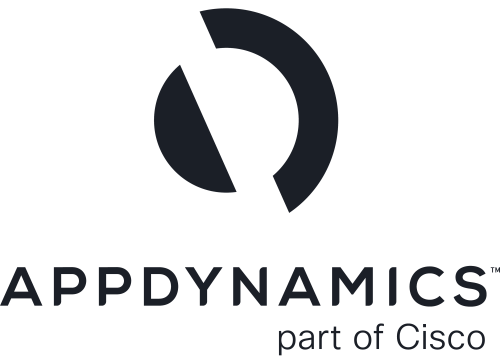Hierarchy of DevOps Needs
Speaker: Zach Steindler, Duo Security
Maslow’s hierarchy of needs is a well-known concept in psychology. It’s a multi-level pyramid with basic needs on the bottom (like physical safety) that need to be met before someone can think about higher level needs (like self-actualization, although to be honest I’m not exactly sure what that phrase means).
I think it’s useful to think about a hierarchy of needs for a Dev Ops organizations as well, although there are some major differences. First, for any given need, you don’t need to have it completely solved before you go on to the next level. In fact, it’s often better to make sure every level has a minimal system in place before going back and thinking about what an improved version looks like. In this talk we’ll go over several levels, from basic to advanced, and discuss both a bare minimum solution as well as how to iterate to something better. Specifically, we’ll discuss:
Logging: Why it’s the foundation for every other category of need. The bare minimum here is quite minimal, but spending some time adding capabilities like semantic logging and full-text search can have a huge impact.
Monitoring: If you have any sort of SLA / SLO you need to be proactively notified of issues. We’ll go over the difference between tickets and alerts, and how to tame whatever system you currently have in place to get the volume to a reasonable level.
Incident response: A little bit of planning can greatly reduce stress and mean time to recovery when things go sideways. We’ll talk about how to implement incident commanders, response playbooks, and how to communicate with the rest of the org during an incident.
The release process: Arguably the highest value and highest risk activity. This includes simple and more complex ways of qualifying a release, the 3 questions I always ask before a deploy, and techniques for releasing without causing downtime.
Capacity planning: Crucial for moving your organization from reactive to proactive. This isn’t just tracking CPU and memory usage, although that’s a start, but systematically identifying resource constraints and strategies for figuring out their breaking point.
The examples will be drawn from what I’ve seen work (and sometimes not work) since joining the the Dev Ops team at Duo Security this year and from my 6 years as a technical co-founder at Olark before that.
















